by Ryan William Cantrell
Originally Published in the IAMC Newsletter, January 2015
The Basics
Tires are where the rubber meets the road in adventure riding. The right set if Tres can be the difference between your adventure coming to fruition, or you being forced to tuck-tail and head home early. I’ve seen the right set of Tres propel heavy bikes up steep, unexpected detours, and I’ve witnessed the wrong set of Tres lead to dropped bikes and cracked ribs during an unexpected downpour.
If you’ve been riding a while, you’ve probably got some hard opinions about the rubber you put on your bike. If that’s the case, this article probably isn’t for you. However, if you’re not one who changes your Tres like you change your underwear, then you may appreciate some advice about an important part of your adventure planning.
Here are some basic things to consider:
. The softer the tire compound, the better grip you’re going to get, but you’ll log fewer miles between tire changes.
. Wide open lug patterns will get you great traction on the dirt, but you’ll burn through them quicker-especially if you’re trying to run pavement between the dirt stretches.
. Heavier bikes, especially those with more horsepower, are going to burn through reartires quicker.
. If you’re going to make compromises with your Tres, make sure you’re making informed decisions. Don’t let your pocketbook be the sole decision-maker for you.
. As with so many things in life, you often get what you pay for.
. Better tractor = less fatigue. When you choose a Tre that’s right for your bike, your body expends less effort getting the bike through repeated corners encountered on the trail. This means that throughout the day, you’re using less energy to keep the bike upright and on track.
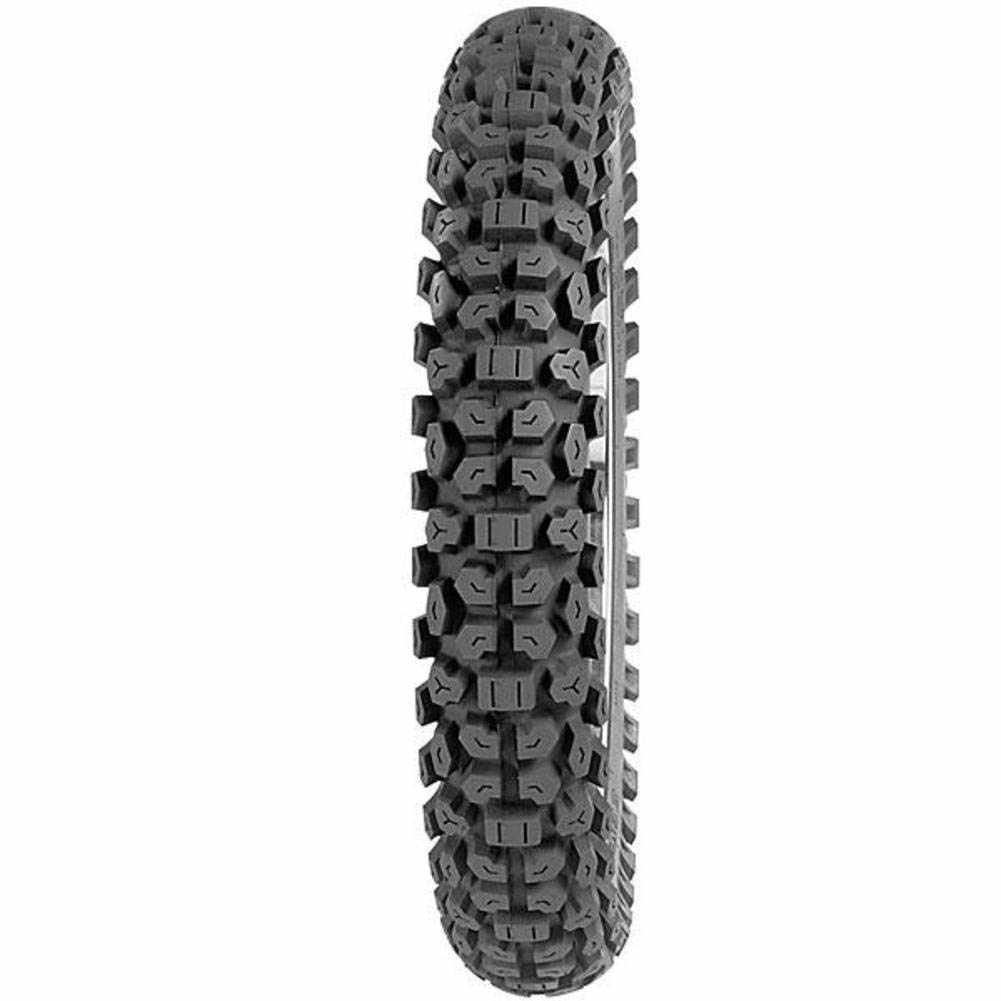
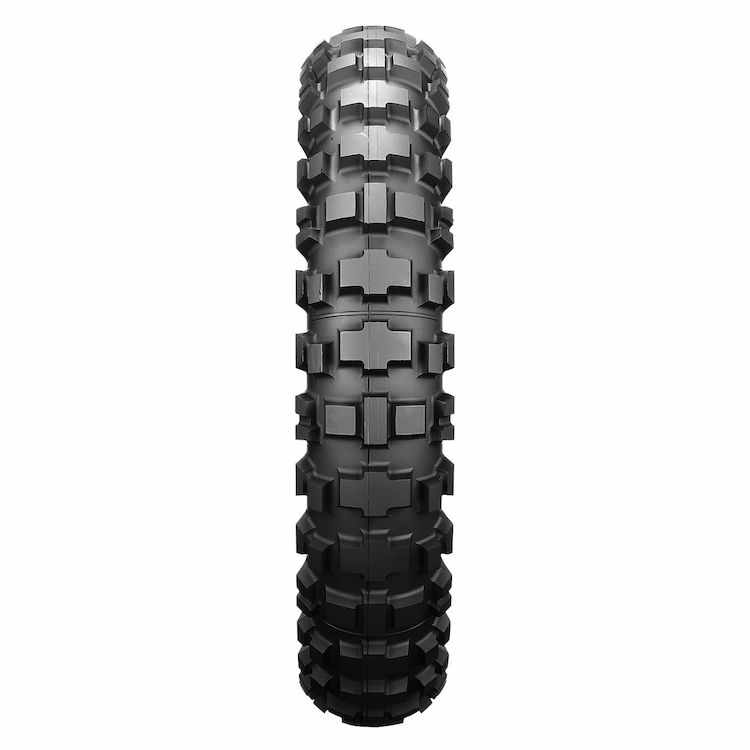
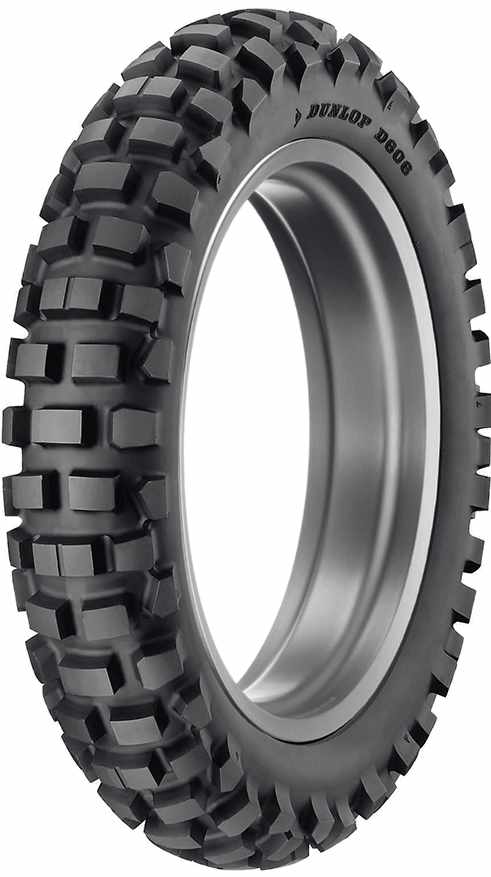
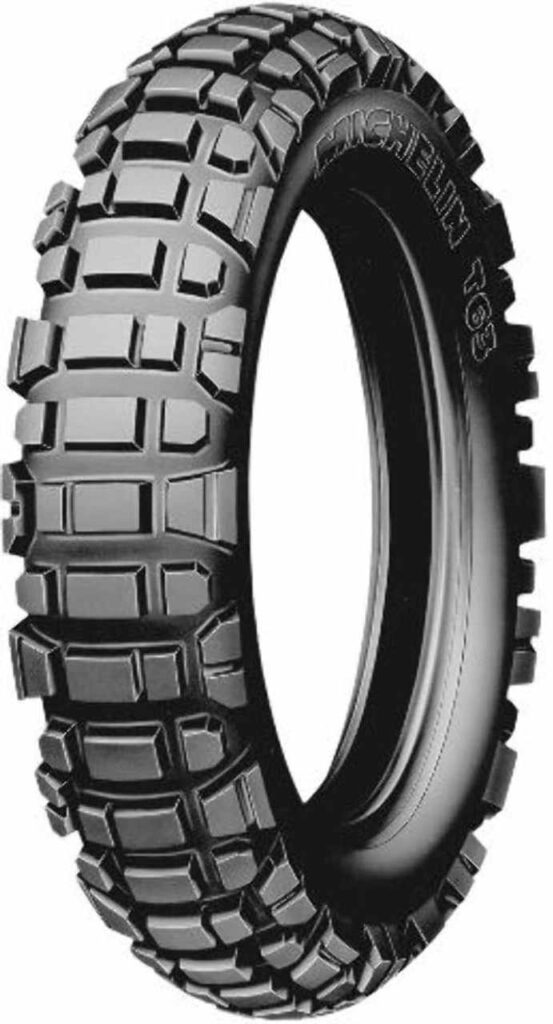
Finding the Right Tire for You
I’m as cheap as they come – ask anyone who has shared some trail Time with me. That being said, I’ve also had to head home early from a ride more than once, because I made a poor choice in my Tre selection. In one particular instance, I purchased a rear Metzeler Karoo 2 for my KTM950 because it was on sale for a price too cheap to pass up. I knew I’d be pushing it to try and run a Tre with such a soft compound, on my upcoming 1500 mile trip… and I was right. Ager less than half the distance of the trip, the Tre was toast, and my ride was prematurely over. It was a painful lesson for me, and one I never forgot.
When considering what Tre best suits your stead, consider the following factors:
. The weight of your bike. Heavier bikes burn through Tres quicker because they’re managing more mass.
. Are you usually carrying luggage for a trip, or are you just doing day rides?
. Your riding style. Do you stop to smell the roses, or do you slam the cowbell like me?
. What can you realistically afford?
. How many miles are you putting on your bike this summer?
. What are the expected conditions for the riding surface of your adventure and what’s the worst-case scenario of what you could encounter?
. Are you more interested in durability, or affordability? Expensive Tres like the Rally Raid 908 last a long Time but cost $200 up front. Inexpensive Tres like the Kenda 270 cost less, but are replaced more often.
.Wider lug patterns like those on the Dunlop 606 give you superior dirt traction, while the patterns and compound of the Avon Gripster will provide maximum longevity at the sacrifice of dirt tractor.
. Are you okay with predictable sliding when you’re cornering on dirt, or do you want it to stick like glue?. What are the side walks like?Will they buckle under hard cornering, or hold fast under the pressure?
. What’s the ratio of pavement to dirt that you’re expecting?
. How will the compound and lugs hold up to the sharp rocks and gravel where you’re traveling?
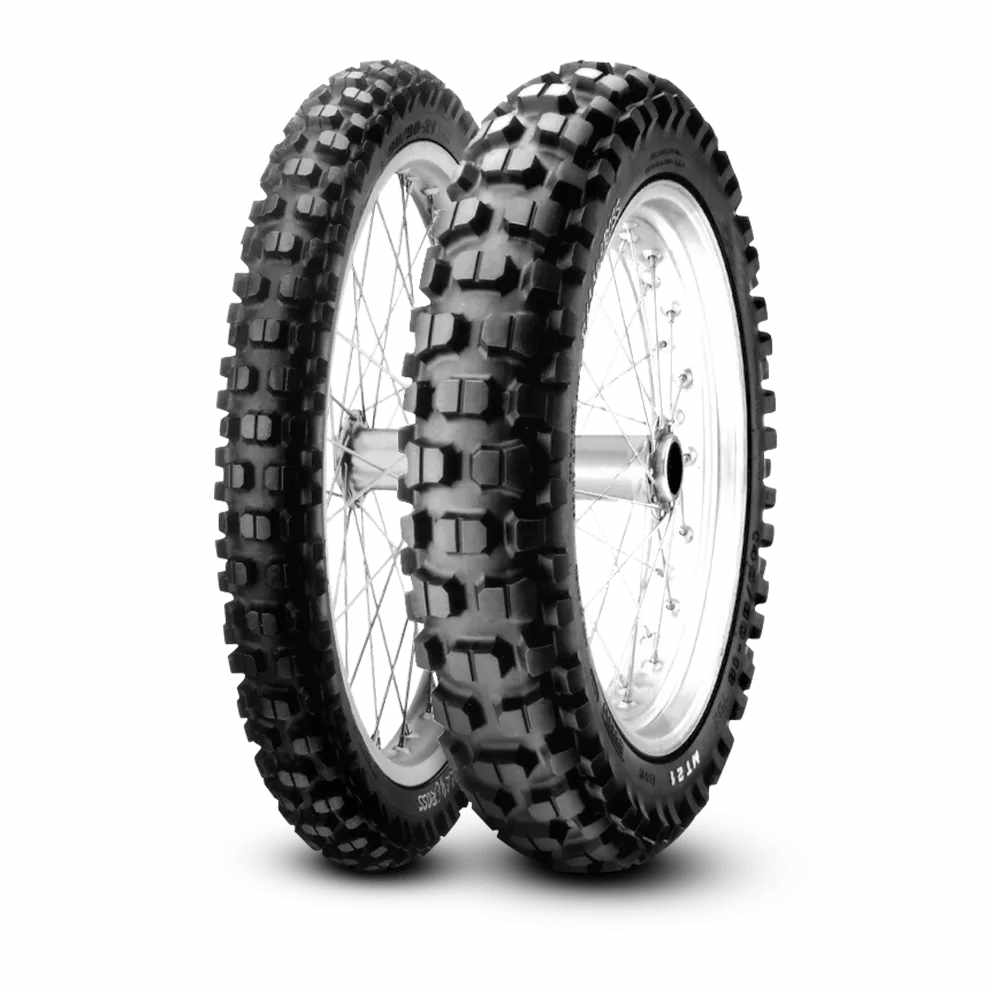

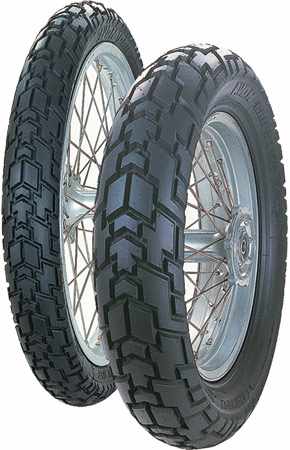
Where to Buy
I love supporting our local businesses any chance I get: Big Twin, Carl’s Cycles and Happy Trail are examples of local businesses that support our Dual Sporting community. A quick Google search can help you locate others in our area. When you buy local, you’re not only supporting our local businesses, but you may also be saving on shipping costs. Additionally, most of the guys behind the counter ride our areas and can give you reliable advice about matching your next Tres to where you’re planning to ride.
On the flip side, buying online means you have a wider selection, and you can shop the sales. There are countless sites to choose from; some of the sites I’ve been impressed with over the years include:
. Rocky Mountain ATV
. Dennis Kirk
. Motorcycle Superstore
. Amazon Prime
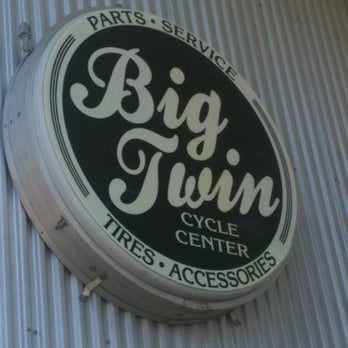
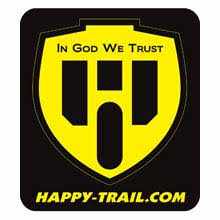
Closing Thoughts
DOT (Department of Transportation) versus non-DOT Tres is a popular debate, in any dual sport forum. Non-DOT Tres are usually less money, provide more traction but don’t last as long. DOT-approved Tres are Tres that are approved by the DOT for highway use, meaning that they stand up to constant high speeds on pavement, high temperature conditions and are safe for heavy bikes. I won’t give you any recommendations one way or the other – that decision is yours alone to make. But, I will speak from my own personal experience and say that I’ve run many non-DOT Tres successfully on my XR650R, the KRL650 and other mid range bikes. However, when it came to the KTM950, I stuck to DOT-approved Tres due to the excessive heat generated by the weight and power of the big bike.
My personal philosophy is that I want my front Tre to stay put in a corner, but I don’t mind if my rear Tres provides a predictable slide. I often run a very aggressive, non-DOT Tre in the front of my bike, while running a less aggressive and more durable rear Tre (I rarely run the same brand or model Tres front and rear). Running 18 psi in the front, and 21 psi in the rear will leave enough give for your knobs to do their job, without worrying about bending your rim on the unexpected rock in the trail. Again, do what you’re comfortable with, and what you feel safe doing based on your bike, your skill sets and any local law/regulations in your area.
Conditions change rapidly. If you’re going on a 1,000 mile dirt adventure, plan to hit snow, rain and mud – and choose your Tres accordingly. It’s always painful to watch your riding partner drop their bike repeatedly in the mud, because they assumed the trip would be dry and the snow had already melted off the passes. Planning for the worst case scenario can help ensure that your trip remains enjoyable, despite changing conditions. Don’t undervalue your Tres. They’re what keep you connected to the path you’re traveling. Choose the Tre that’s right for you, and let your efforts and energy be spent enjoying the trail and the views.